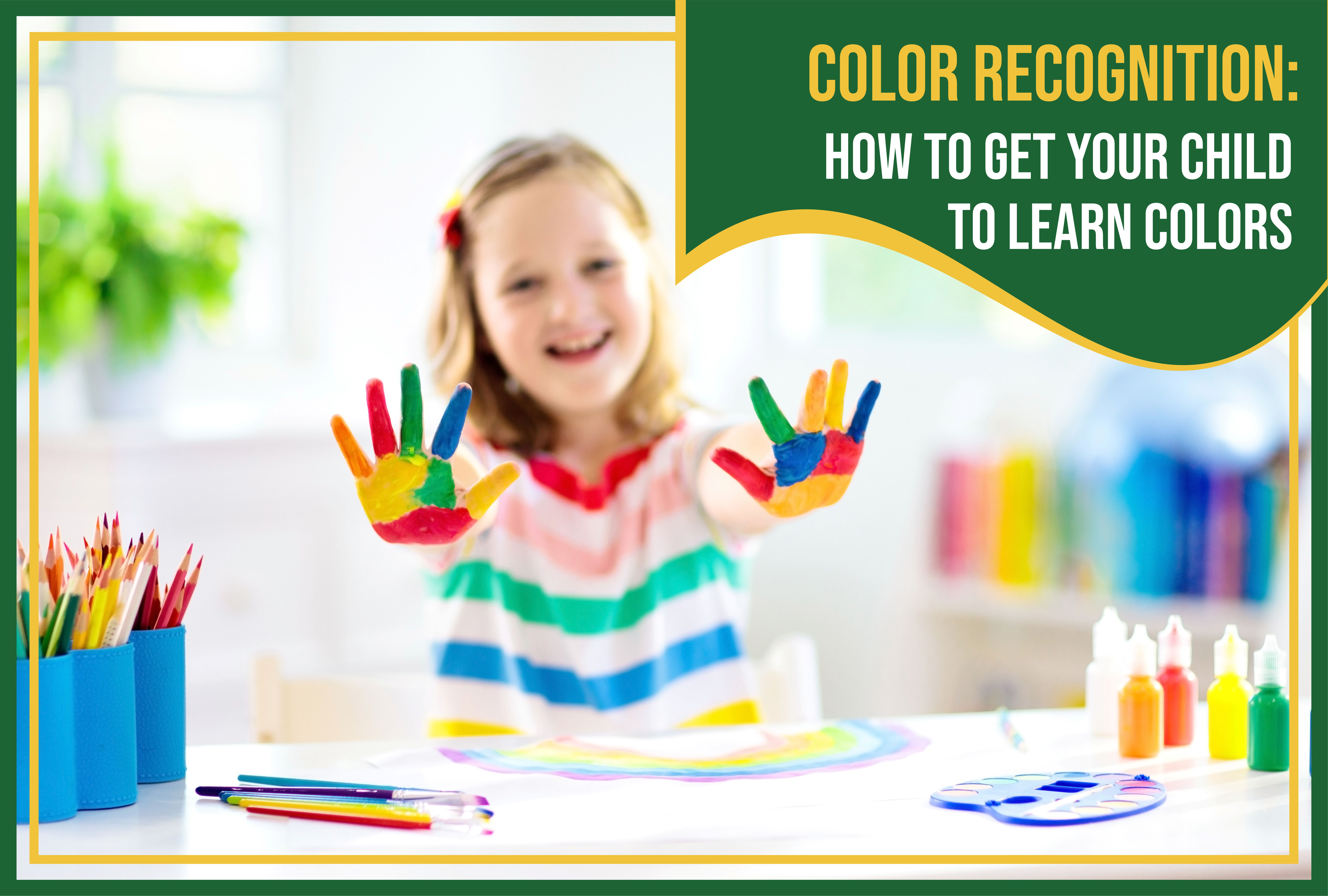Color Recognition: How to Get Your Child to Learn Colors
Colors make the world fun and exciting for children, and the ability to identify colors is a significant milestone for them. It is also considered a marker in their cognitive process and school readiness. Because color recognition is a vital part of a child's development, parents should encourage and support their child learning colors.
Introducing colors to young kids can be pretty challenging at first, but it'll be a breeze with these ten tips!
Use color-coded materials
One of the tricks you can use to make color recognition easier for kids is to use color-coded materials. These include toys, books, blocks, and flashcards. This will help them associate the color with the object and make it easier to remember.
Start small
When introducing colors to kids, it is best to start small. Choose two or three colors and gradually add more as they get more familiar with the concept. Avoid overwhelming them with too many colors as they might start getting confused.
For example, you can start with the colors red and blue. Whenever you see anything that's red or blue, like a red apple or blue car, point it out to your child and say the color out loud.
Distinguish contrasting colors
In teaching color recognition, it is best to use colors that are not similar. For example, choose colors with big color contrast instead of putting pink and orange together or blue and purple. This will make it easier for kids to see the difference and learn to identify each color.
Use everyday items
Another way to help kids learn colors is to use everyday items. Point out different color objects around the house like their favorite toy, a family member's shirt, or the flowers in the garden. This will help them become more familiar with colors and how to identify them.
Play color-themed games
There are many color-themed games that you can play with your child to help them learn colors. These games can be both educational and fun! Try playing memory games using color-coded flashcards or searching for objects of a certain color around the house.
Color puzzles are also an excellent way to teach color recognition. These puzzles usually have different color pieces that need to be put together to complete the puzzle. As your child completes the puzzle, they will also be learning to identify colors while developing their fine motor skills.
Get creative with arts and crafts
Arts and crafts are also a great way to help kids learn colors. You can create color-coded paintings or drawings together. Or, try making color-themed collages using different colored construction papers.
Go on a color hunt
Take your child on a color hunt! This is a great activity to do outdoors. Take them for a walk around the neighborhood or go to the park and see how many different colors you can find together. This is also an excellent opportunity to teach them about shades and hues of colors.
Read color-themed books
There are many wonderful color-themed books that you can read with your child. These stories will teach them about colors and help them develop their reading skills.
Encourage color recognition in everyday life
Throughout the day, there will be many opportunities to encourage color recognition. When you're cooking dinner, point out the different colors of the ingredients. When you're driving, look for traffic lights and talk about the colors you see. Incorporating color recognition into your daily routine will soon become second nature for your child.
Use technology
Some many color-themed apps and websites can help kids learn colors. These can be used as a supplement to your other activities or to review what they've learned.
Because colors are part of life, there are countless opportunities to introduce colors to young kids. Follow these color recognition tips and help your little one take a step further into their academic journey!
At Mrs. Myers' Learning Lab, we call our Kindergarten Readiness program "Bookworms" because this active class lays the foundation for reading and learning. With this class, your child will be prepared for academic success with knowledge of letter sounds, numbers, basic math concepts, fine motor skills, social skills, and other foundational learning concepts. Visit us to learn more!





